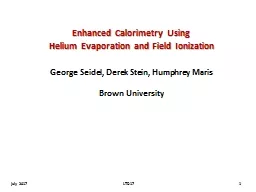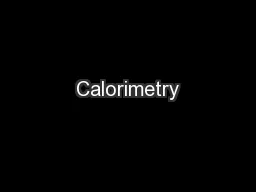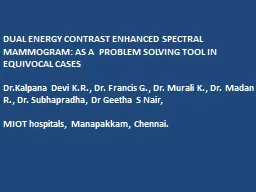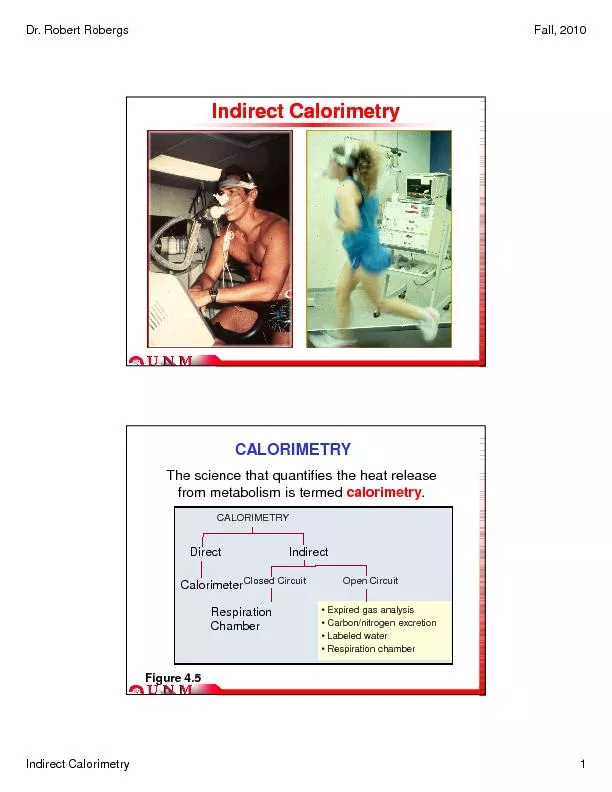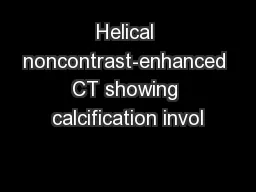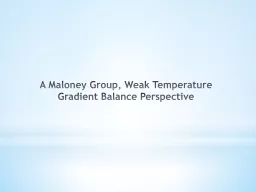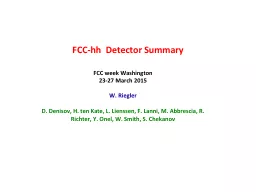PPT-Enhanced Calorimetry Using
Author : stefany-barnette | Published Date : 2018-02-21
Helium Evaporation and Field Ionization George Seidel Derek Stein Humphrey Maris Brown University july 2017 LTD17 1 july 2017 LTD17 2 old ideas applied to a new
Presentation Embed Code
Download Presentation
Download Presentation The PPT/PDF document "Enhanced Calorimetry Using" is the property of its rightful owner. Permission is granted to download and print the materials on this website for personal, non-commercial use only, and to display it on your personal computer provided you do not modify the materials and that you retain all copyright notices contained in the materials. By downloading content from our website, you accept the terms of this agreement.
Enhanced Calorimetry Using: Transcript
Download Rules Of Document
"Enhanced Calorimetry Using"The content belongs to its owner. You may download and print it for personal use, without modification, and keep all copyright notices. By downloading, you agree to these terms.
Related Documents

